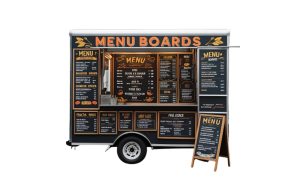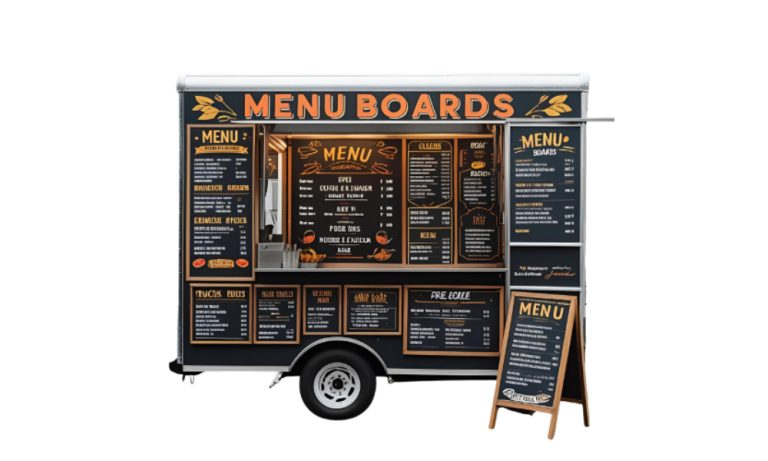Consumers of apps and software expect this technology to be available in versions of their local language. Offering this availability involves more than just simply translating the text in the software and apps.
It also requires you to adapt and adjust elements like the GUI to satisfy your consumers’ cultural expectations as well as functionality requirements. With that, you can learn how to localize your B2B software by incorporating these measures into its development.
Simship
Simship involves releasing localized versions of your software at the same time as its source-language version. Coordinating both of these elements is now considered a standard part of a software’s rollout today.
Your targeted audience more than likely will expect launches of your software to take place at the same time as updates to it. With that in mind, it is crucial that you guarantee the close communication between your developers, marketing team, and language service providers.
Multimedia Localization
When it comes to multimedia localization for your software, you need to ensure it encompasses elements like:
- Graphics
- Voiceovers
- Subtitles
- Other elements needed for successful localization
You should also incorporate facets like video editing and audio mastering. You can get the level of quality you need for your software’s successful localization by partnering with a state-of-the-art recording studio or production facility.
Software and Application Testing
Finally, before you release your B2B software and applications to the market, you need to test them first. You should scrutinize them for their usability, functionality, and linguistics.
If you identify any bugs within the software or apps, you should adjust or revise them to suit your targeted audience. They need to meet the standards of the market across all devices, platforms, and languages.
Partner with an Experienced Software Development Company
If you are unsure of how to carry out any of these tasks on your own, you can get the results you want by handing them off to a skilled software localization company. The company you choose should have a clear outline of how it will achieve these results. The workflow should incorporate facets like:
- File prep and glossary creation
- Translation and editing
- Desktop publishing
- Q&A testing
These elements allow you to get the localization for your software and applications.
Tailoring your software and apps to your consumers is critical to your business’s success. You can meet their expectations and localize your B2B software by utilizing these strategies before you release it to the public.












